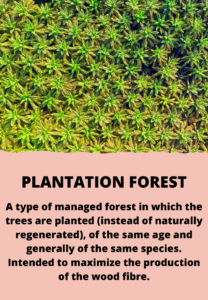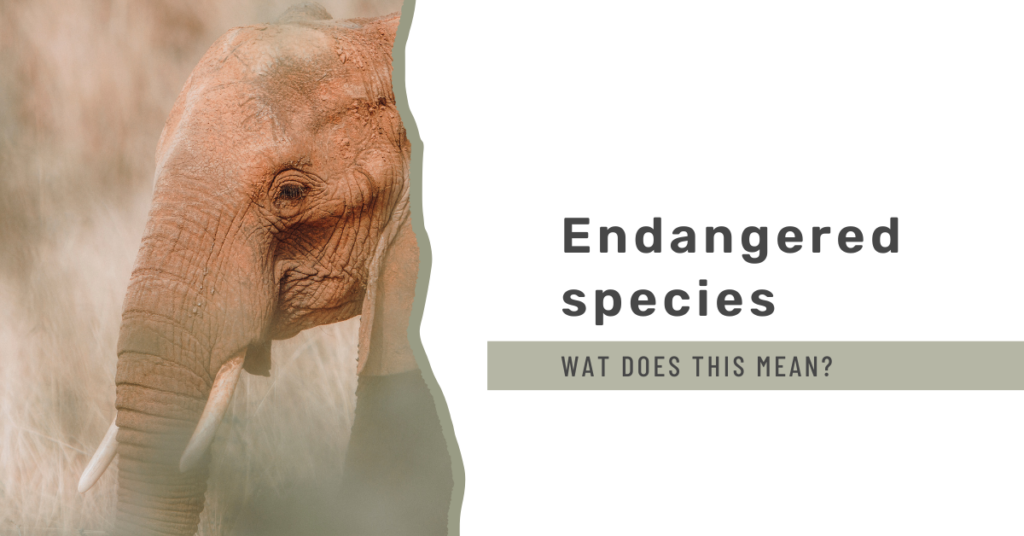Climate change is one of the most pressing issues of our time. It is caused by human activities, primarily the burning of fossil fuels, deforestation, and land-use changes. Climate change is leading to rising temperatures, sea level rise, changes in precipitation patterns, and more frequent and severe weather events. The impacts of climate change are already being felt around the world. And they will only get worse unless we take action to reduce greenhouse gas emissions and adapt to the changes that are already happening.
Causes of Climate Change
The primary cause of climate change is the increase in greenhouse gas emissions, primarily carbon dioxide, resulting from human activities. Burning of fossil fuels such as coal, oil, and natural gas for energy production, transportation, and industrial processes releases large amounts of carbon dioxide into the atmosphere. Deforestation and land-use changes also contribute to carbon dioxide emissions. By reducing the number of trees that absorb carbon dioxide from the atmosphere. Methane, another potent greenhouse gas, is emitted during agricultural and livestock practices. As well as from landfills and natural gas production.




Impacts of Climate Change
The impacts of climate change are widespread and varied, affecting both natural systems and human societies. Rising temperatures are causing heat waves, droughts, and wildfires, while also melting glaciers and permafrost. Sea level rise threatens coastal communities and infrastructure. While changes in precipitation patterns are leading to more frequent and severe flooding and droughts. Changes in climate are also affecting natural ecosystems. Causing shifts in species ranges and altering the timing of seasonal events such as migration, breeding, and flowering. These changes can disrupt entire food webs and lead to the loss of biodiversity. In addition to these environmental impacts, climate change also has social and economic consequences. Such as decreased crop yields, increased health risks, and displacement of people from their homes.
Melting Ice Caps and Rising Sea Levels
The melting of ice caps and glaciers is a clear indication of the impact of climate change. As temperatures continue to rise, the ice caps melt, and they release a massive amount of freshwater into the oceans. This, in turn, causes sea levels to rise, which has several implications for people and the environment. Rising sea levels can lead to increased flooding, erosion, and saltwater intrusion into freshwater resources. All of which can negatively impact human settlements and infrastructure. Additionally, rising sea levels can have a devastating impact on marine life, disrupting important habitats and migration patterns.
In addition to the melting of the polar ice caps, other glaciers and ice sheets around the world are also melting at an alarming rate. For example, the Greenland ice sheet is melting at a rate that has doubled in the last decade, which is contributing to rising sea levels. The melting of these glaciers and ice sheets can have a similar impact on sea levels and can cause catastrophic consequences for coastal regions around the world.




Extreme weather events
For instance, higher temperatures can lead to more frequent and longer heat waves. Which can cause heat-related illnesses and deaths, particularly among vulnerable populations such as the elderly and children. Climate change can also exacerbate droughts, which can have severe impacts on agriculture and water resources. In contrast, more intense and frequent rainfall events can lead to flooding. Which can cause property damage and loss of life. In addition, climate change can increase the intensity of tropical storms and hurricanes. Resulting in more powerful winds and heavier rainfall.
It is important to note that extreme weather events can have severe economic and social impacts. Particularly in vulnerable regions of the world. For instance, climate change-induced droughts and floods can lead to crop failures, food shortages, and price hikes, causing significant economic disruptions. In addition, extreme weather events can displace people from their homes, exacerbating social inequalities and leading to humanitarian crises.
Ocean acidification
Ocean acidification is another major impact of climate change. It is caused by the increased absorption of carbon dioxide from the atmosphere by the ocean. Which leads to a decrease in the pH level of seawater. The increased acidity of the ocean can make it difficult for some marine creatures to build their shells and skeletons, which are made of calcium carbonate. The lower pH level of seawater can dissolve these structures. Making it harder for animals like molluscs, corals, and some plankton to survive. This can have ripple effects throughout the entire ocean ecosystem. As these species are important food sources for other marine animals.
Furthermore, the increasing acidity of the ocean can also affect the behaviour and growth of fish. Which can have impacts on the fishing industry and food security for coastal communities that rely on fish as a major source of protein. Ocean acidification can also cause damage to other ocean ecosystems like kelp forests, seagrass meadows, and mangrove forests, which are important habitats for a wide range of marine life. In addition, the acidification of the ocean can also have effects on the global carbon cycle. The ocean plays a crucial role in removing carbon dioxide from the atmosphere. But as it becomes more acidic, it may become less effective at this process, further exacerbating the effects of climate change.




Biodiversity loss
Climate change is causing changes in temperature, rainfall patterns, and weather events that are affecting ecosystems and the species that depend on them. As habitats change, many species are unable to adapt, leading to declines in populations and even extinction. This loss of biodiversity can have significant ecological and economic impacts, as many species provide important ecosystem services such as pollination and pest control.
Adaptation and Mitigation
Adapting to climate change means adjusting our behaviour, policies, and infrastructure to reduce the risks and take advantage of opportunities that arise due to changes in climate. Mitigating climate change, on the other hand, means taking action to reduce greenhouse gas emissions and slow down or stop the rate of climate change. Adaptation measures can include things like building sea walls or relocating people from areas at risk of flooding. Developing drought-resistant crops. And improving water management systems to cope with changes in precipitation patterns. These measures can help reduce the negative impacts of climate change and ensure that communities are better prepared to deal with the changes that are already happening.
Mitigation measures involve reducing greenhouse gas emissions. Which can be achieved through a variety of methods such as reducing fossil fuel use, improving energy efficiency, investing in renewable energy sources, and promoting sustainable land use practices. By reducing the amount of greenhouse gases we emit. We can slow down the rate of climate change and reduce the severity of its impacts.
Both adaptation and mitigation are important strategies for dealing with climate change. Adaptation can help us prepare for and cope with the changes that are already happening. Mitigation can help us slow down the rate of climate change and prevent some of the worst impacts from occurring in the first place. Ultimately, a comprehensive approach that combines both adaptation and mitigation is likely to be the most effective way to address the challenges posed by climate change.
Want to support my work?
I spend a lot of time keeping this website filled with educational content and keeping updates about what I do to achieve my dream of working and living in Africa. Do you want to support me? You can buy me a coffee or purchase one of my digital prints. All proceeds will go towards my elephant research and the time spent on this website.







